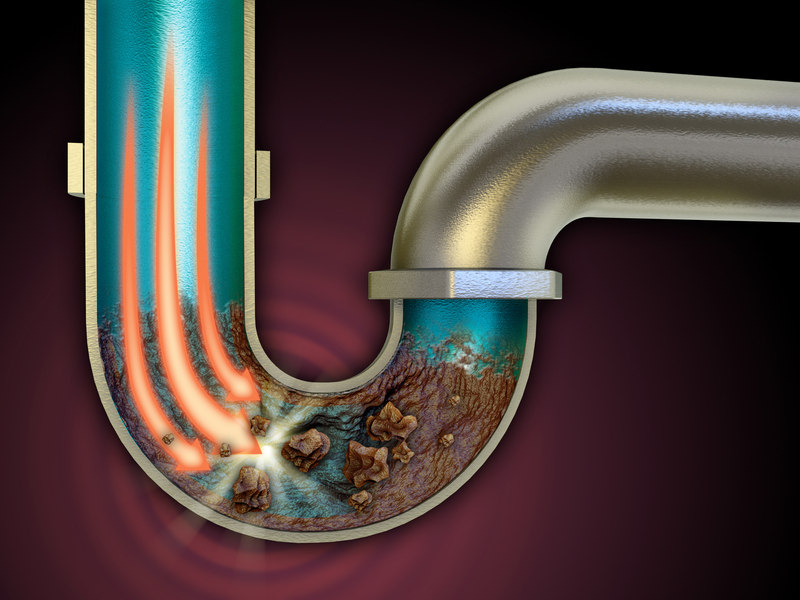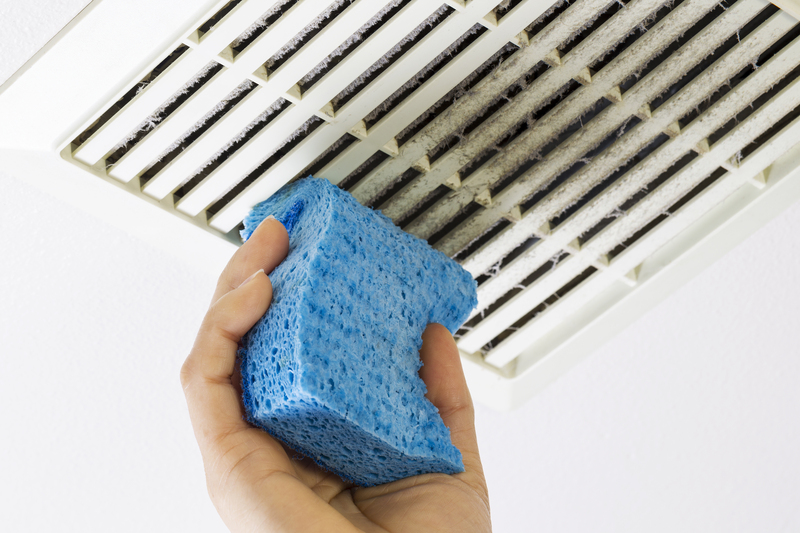Cleaning Mildew Off Wool Rugs
Posted on 02/05/2025
Wool rugs are a beautiful addition to any home, offering a touch of elegance and warmth. However, they can become a breeding ground for mildew if not properly maintained. Mildew not only detracts from the appearance of your rug but can also cause health issues such as allergies and respiratory problems. This comprehensive guide will walk you through the process of cleaning mildew off wool rugs, ensuring they remain fresh and beautiful for years to come.
Understanding Mildew and Its Causes
Mildew is a type of mold that thrives in damp, humid conditions. It appears as black, white, or green streaks and can produce a musty odor. When it comes to wool rugs, mildew can develop due to several factors:
- Humidity: High moisture levels in the air can lead to mildew growth on wool rugs, especially in areas like basements or bathrooms.
- Spills and Leaks: Organic materials like wool absorb moisture quickly. If spills or leaks are not promptly addressed, rugs can become a breeding ground for mildew.
- Improper Cleaning: Using too much water during cleaning or failing to dry the rug thoroughly can result in mildew formation.

Prevention Tips
Before diving into how to clean mildew off wool rugs, it's crucial to understand how to prevent mildew from forming in the first place:
- Maintain Airflow: Ensuring proper ventilation in the room can reduce humidity levels. Using dehumidifiers can also help control moisture levels.
- Regular Cleaning: Vacuuming your wool rug regularly removes dirt and moisture, minimizing the risk of mildew growth.
- Immediate Action: Address spills and leaks as soon as possible to prevent moisture from seeping into the rug fibers.
- Professional Cleaning: Periodically have your rug professionally cleaned to ensure deep cleaning without the risk of mildew.
Materials Required
To effectively clean mildew off your wool rug, you'll need the following materials:
- Vacuum cleaner with upholstery attachment
- Soft-bristle brush
- White vinegar
- Baking soda
- Hydrogen peroxide
- Spray bottle
- Clean, white cloths
- Fan or dehumidifier
Step-by-Step Cleaning Process
Follow these steps to safely and effectively clean mildew off your wool rug:
Step 1: Vacuum the Rug
Use a vacuum cleaner with an upholstery attachment to remove surface dirt and dust from the rug. This helps to prevent the spread of mildew spores during the cleaning process.
Step 2: Create a Cleaning Solution
In a spray bottle, mix equal parts of white vinegar and water. White vinegar is a natural disinfectant that is effective in killing mildew spores.
Step 3: Test the Solution
Before applying the solution to the entire rug, test it on a small, inconspicuous area to ensure it does not cause discoloration or damage to the wool fibers.
Step 4: Apply the Solution
Lightly spray the vinegar solution onto the affected areas of the rug. Avoid soaking the rug, as excessive moisture can lead to further mildew growth.
Step 5: Scrub the Area
Using a soft-bristle brush, gently scrub the affected areas to loosen and remove mildew stains. Be careful not to damage the wool fibers by scrubbing too vigorously.
Step 6: Blot the Area
Use clean, white cloths to blot the area and absorb excess moisture. Continue blotting until the area is as dry as possible.
Step 7: Apply Baking Soda
Sprinkle a thin layer of baking soda over the cleaned area. Baking soda helps to absorb any remaining moisture and neutralize odors. Let it sit for several hours or overnight.
Step 8: Vacuum Again
After allowing the baking soda to absorb moisture and odors, vacuum the rug thoroughly to remove all the baking soda.
Step 9: Use Hydrogen Peroxide for Stubborn Stains
If mildew stains persist, mix a small amount of hydrogen peroxide with water (about 3 parts water to 1 part peroxide) and apply it to the affected areas. Test on an inconspicuous area first. Blot with a clean cloth and allow it to air dry.
Step 10: Dry the Rug
Ensure the rug is completely dry by using a fan or dehumidifier. Proper drying is crucial to prevent further mildew growth.
Professional Cleaning
If the mildew is widespread or the stains are particularly stubborn, it may be best to seek professional cleaning services. Professionals have the expertise and equipment necessary to deep-clean wool rugs without causing damage. They can also apply treatments that prevent future mildew growth.
Handling Persistent Mildew Odors
Even after cleaning, mildew odors may linger. Here are additional tips for dealing with persistent odors:
- Use Activated Charcoal: Place small bowls of activated charcoal around the room to absorb odors.
- Sachet Deodorizers: Use sachets filled with baking soda or dried herbs like lavender to neutralize odors naturally.
- Sunlight: If possible, allow the rug to sit in direct sunlight for a few hours. Sunlight helps to kill mold spores and eliminate odors.
Inspecting and Repairing the Rug
Once the mildew is removed, inspect the rug for any signs of damage. Mildew can weaken the rug fibers, leading to fraying or holes. Here's how to handle any damage:
- Trim Frayed Fibers: Use scissors to carefully trim any frayed fibers, ensuring a clean, even look.
- Repair Holes: Small holes can be repaired with a needle and thread or by using an iron-on patch designed for wool fabrics.
- Contact a Professional: For extensive damage, consider contacting a professional rug repair service.

Long-Term Care for Wool Rugs
Maintaining the beauty and longevity of your wool rug involves consistent care and attention:
- Regular Vacuuming: Vacuum the rug at least once a week to prevent the buildup of dirt and moisture.
- Immediate Spill Management: Blot spills immediately with a clean cloth to prevent moisture from seeping into the fibers.
- Rotate the Rug: Rotate the rug every few months to ensure even wear and tear.
- Seasonal Deep Cleaning: Have your wool rug professionally cleaned at least once a year to remove deep-seated dirt and prevent mildew.
- Proper Storage: If you need to store the rug, make sure it is clean and dry. Store it in a cool, dry place, preferably rolled and covered with a breathable fabric.
Conclusion
Cleaning mildew off wool rugs requires diligence and care, but with the right approach, you can effectively restore your rug to its original beauty. By understanding the causes of mildew and taking preventive measures, you can ensure your wool rug remains a cherished part of your home for years to come. Regular maintenance, prompt spill management, and professional cleaning are key to preserving the appearance and health of your wool rug. Follow this guide to keep your wool rugs looking their best, free from mildew and other potential damage.









